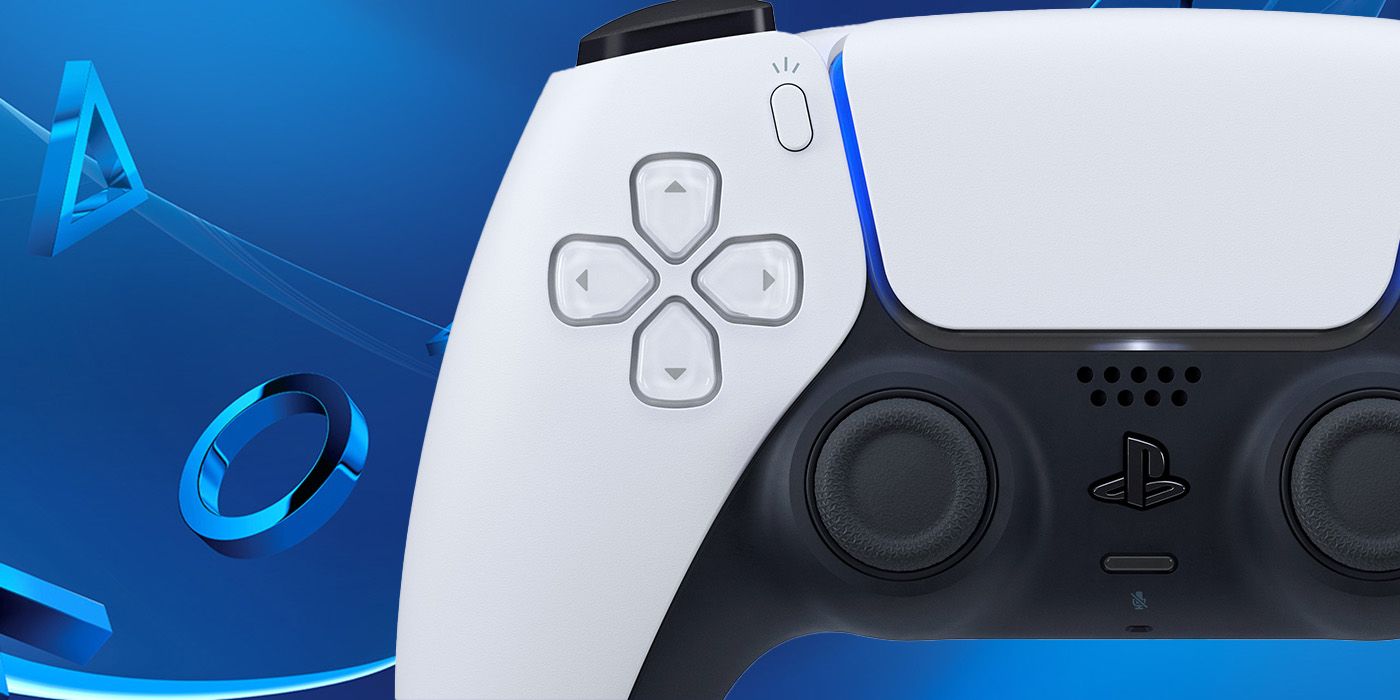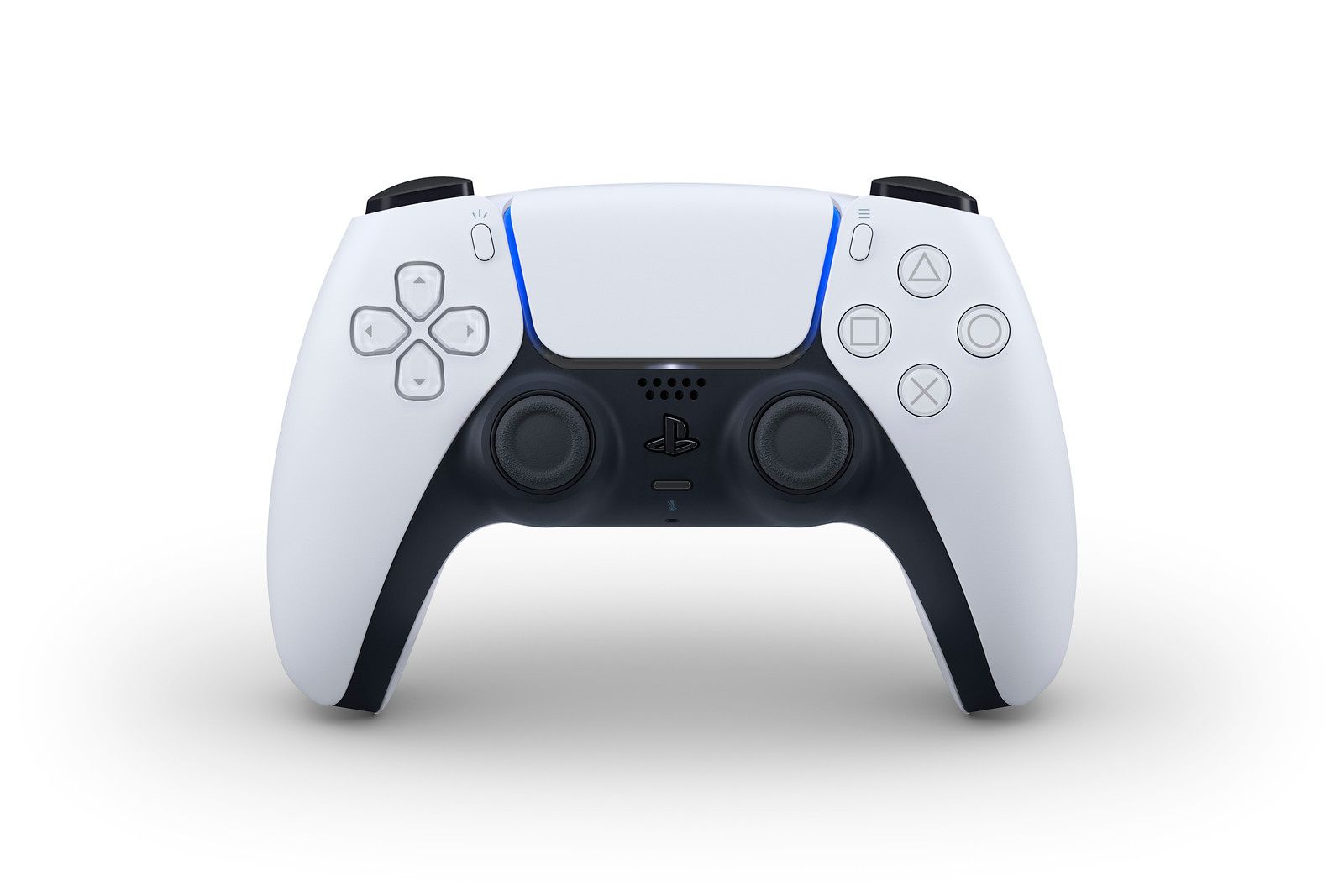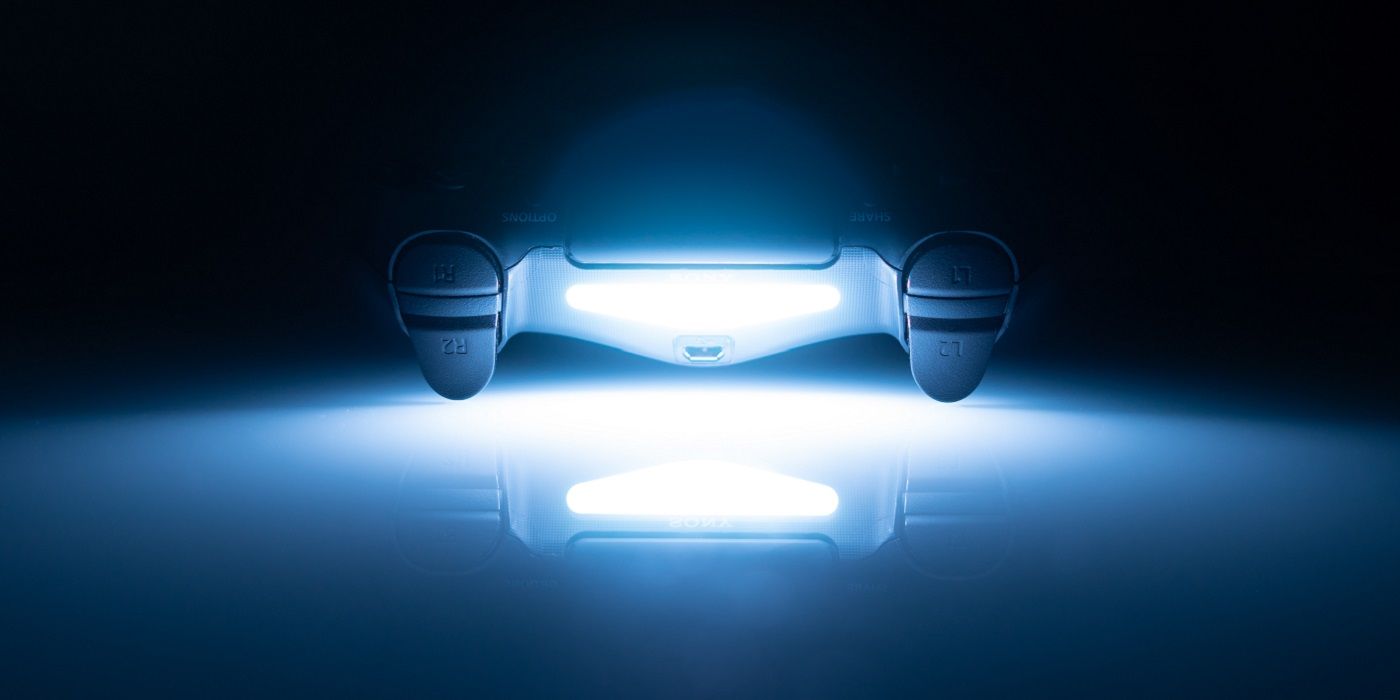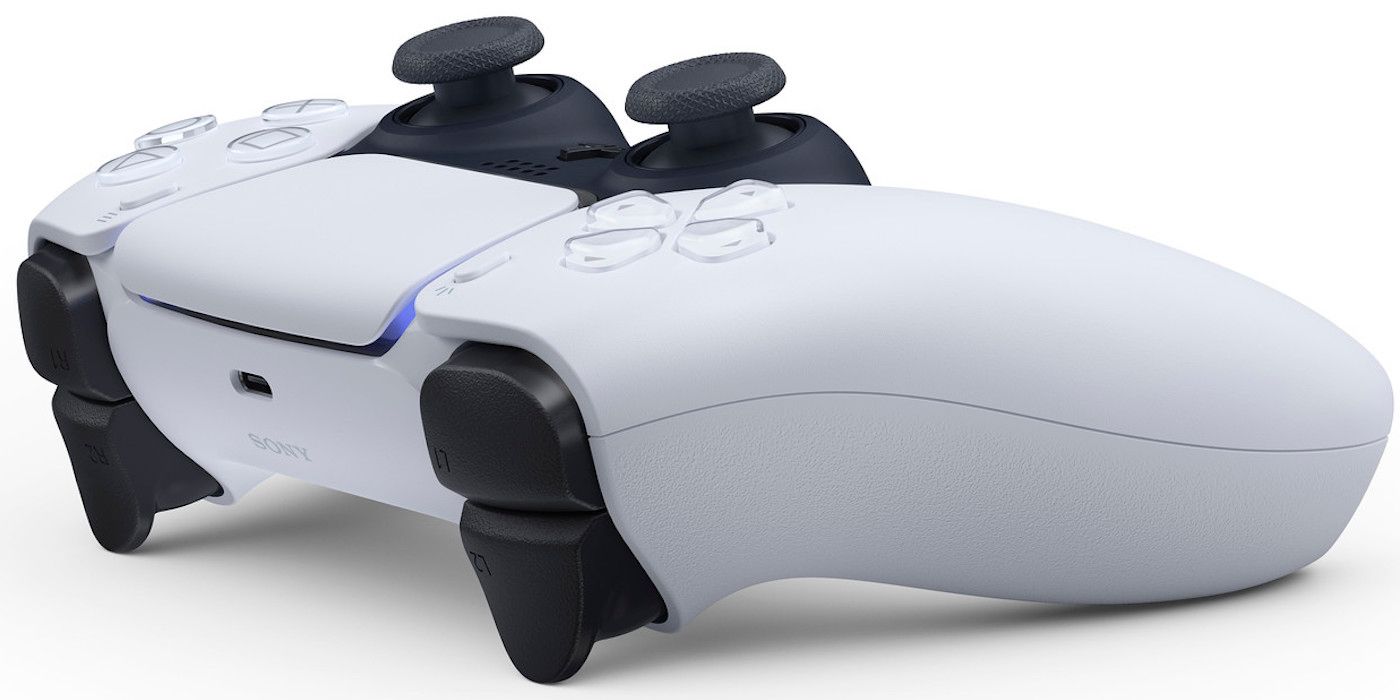The PS5 DualSense Controller Has a Feature No One Wanted

Although many thought the PS5 controller would be simply titled DualShock 5, Sony unveiled its next-gen controller to be the DualSense. Already, many are turning the controller into a meme, as its two-toned design is definitely shocking compared to the design of past controllers, and it looks oddly similar to the time travel suits in Avengers: Endgame among other comparisons. Looks aren't everything, however, as the controller boasts some rather interesting features.
Among this list is the already confirmed haptic feedback and force triggers designed to make things such as firing a shotgun or firing a rifle feel different in the controls, the transformation of the "share" button into the "create" button, a built-in microphone, USB-C charging, and a redesigned light bar. However, the light bar may prove to be contentious if not done properly. Instead of a huge color bar on the back, it now sits on top of the PS5 controller, split around the touchpad.

Prior to this proper reveal, a PS5 controller patent circulated that suggested the controller itself would not have a light bar. Patents can sometimes manifest into something legitimate, but most of the time, these should be treated as rumors. This is clearly not what happened here, but the reaction to the patent was a ton of praise. Many dislike the light bar, despite the fact that it is necessary, and so the idea that it may not have been a feature for the PS5 gained some traction.
Some games use the light bar to facilitate something in-game, so if this split light bar did the same and showed, for example, an ultimate meter being fully charged, it may prove to be useful. It's also required in a ton of PSVR games, so while the future for the PS5's PSVR2 remains up in the air, it may be a necessary to facilitate that. Supporting PSVR would theoretically be possible via another periphery, but that's neither here nor there now.

This begs the question as to why many actually dislike the light bar in that it can do so much for the aforementioned games. There are only a handful of games that make actual use of the light bar, and players who aren't fans of PSVR really wouldn't lose much by not having the light bar available. On the other hand, there are two small, minor (but consistent) annoyances related to the light bar on PS4.
It's a known drain on the PS4 controller battery life when the light bar is full blast. It slows down the charging time and kills the play time, which means those who are down for long game sessions have to frequently charge it, and this may be one of the arguments for the Xbox Series X controller having batteries. Luckily, the PS4 did introduce a way to dim the light bar, but stops short of actually introducing a way to disable it. Secondly, when playing in dark rooms, the reflection off the controller can be distracting. Again, these are minor things, but they are annoyances to some nonetheless.

It's worth mentioning, of course, that the PS5 DualSense controller may have taken some of these common complaints into consideration, and it's not truly surprising to see that it is still a core feature. As Sony eventually advances ahead with the PS6, PS7, PS8, PS9, and PS10, it's not likely to disappear quickly. That's the crux, though: with this ever-evolving doorway of controllers and fan feedback, Sony has the tools it needs to make it more viable than ever this generation.
Its placement alone shows that this is a consideration, as on the front of the controller, there's a lot more incentive for games to use to give players more fluidity in terms of in-game information. It is smaller as well, which may be less noticeable, but it may also cause less of a drain on the controller's battery life. And that's just what's known: the controller has yet to be shown in action, meaning there are likely some details Sony's keeping close to its chest.
With that in mind, there's one way the company can ensure that the aforementioned complaints aren't a thing next gen: while it's almost a guarantee the light bar can still be dimmed, especially given its closer proximity to the face, the PS5 DualSense needs to make it where it can be turned off. All of this would turn a feature no one wanted into a non-issue at worst and a helpful boon otherwise. For now, fans just need to wait and see what else Sony shows and how the controller operates with its presumably also two-toned console.
The PS5 is slated to release in Fall 2020.

Post a Comment